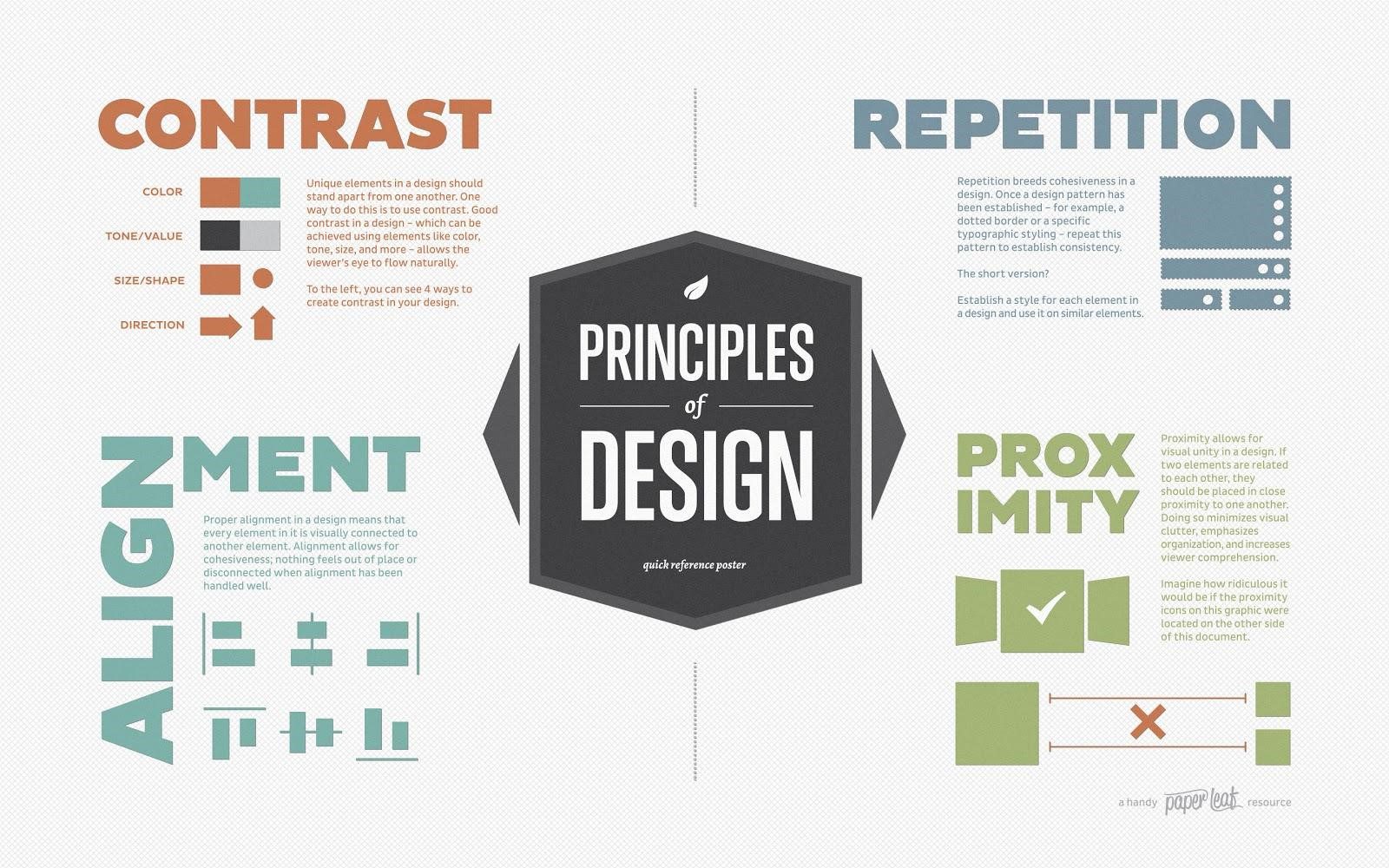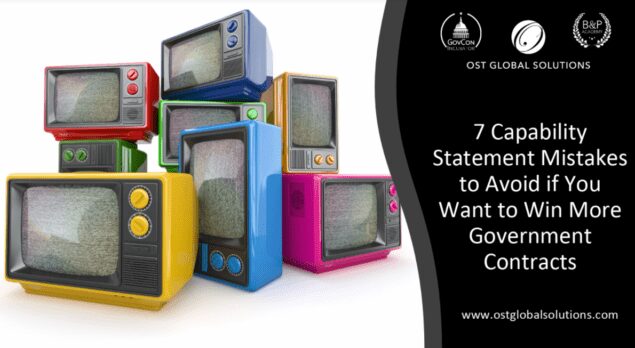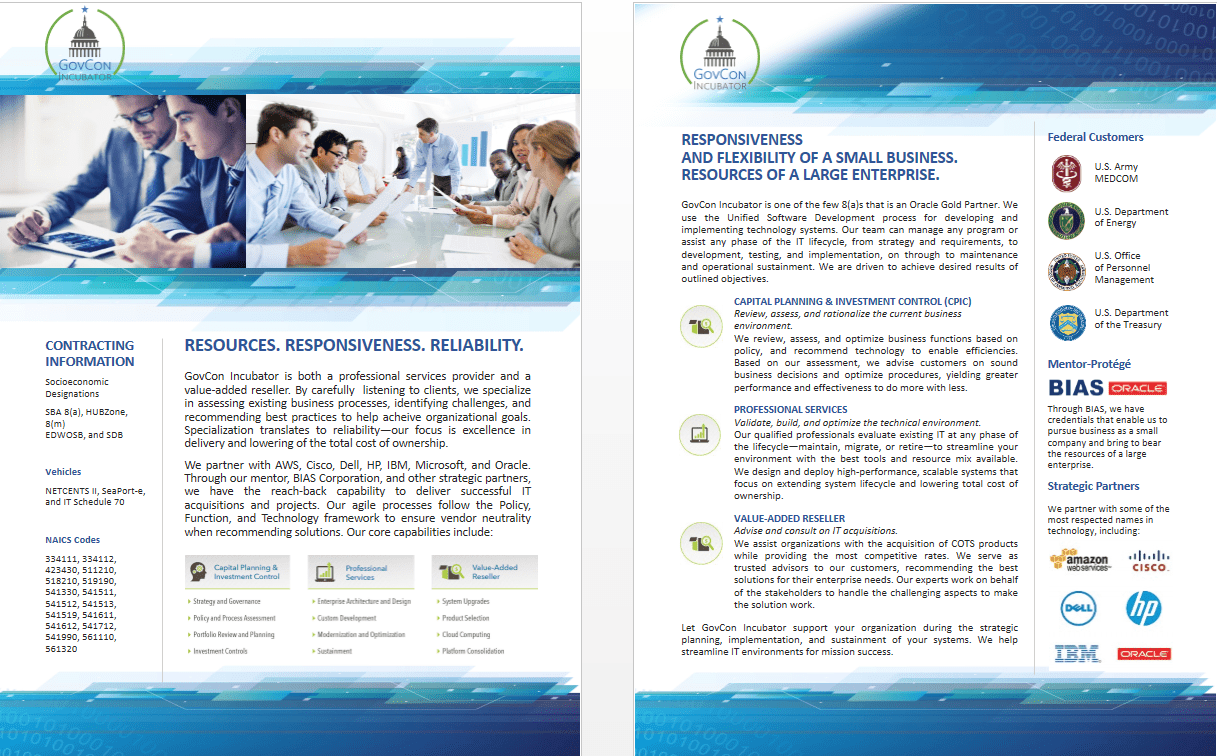Federal contracting capability statements are important to small rapidly growing Government contracting businesses. Your successes are worth celebrating but, as you become more experienced, you will find success harder to come by. What worked before may not work in the future as you start to pursue more ambitious opportunities. You’ll need to refine your business approach and reevaluate the way you pursue opportunities as you seek bigger or more prominent contracts. These bigger contracts are prizes that other experienced federal contracting companies are also pursuing.
There are many steps to competing and winning a contract, but many Government contractors stumble out of the gate with subpar capability statements. Luckily, the seven most common mistakes people make when writing their capability statements are relatively easy to spot. You’ll be able to repair your own statement when you’ve finished reading this post.
What Is a GovCon Capability Statement?
Before delving into the most common mistakes made when creating a capability statement, it’s important to note what one actually is. A capability statement is like a business card for your whole company. When your customer receives it, they should feel as if they have a snapshot overview of your company and its services. This explanation is somewhat clearer than what is described as a requirement in FAR – Part 5. Federal Acquisition Regulations for capability statements.
You should keep two types of capability statements:
- 1-2 page statement that you will use in most marketing situations
- Slidedeck that breaks down your company in a targeted manner for specific opportunities
Your statement must contain the most important information about how to engage with your company and what you have to offer. You should have one that is generic for unplanned meetings and industry events, and a custom-tailored capability statement for planned meetings with specific customers or team members.
Top Seven Capability Statement Mistakes
Mistake 1: Too Much Text
Does your capability statement contain too much text? If you consider the business card comparison, then you’ll realize that your capability statement needs to get to the point in a concise manner. Your prospective customer won’t read all of that text you crammed into your statement because they are accustomed to reading good statements at a glance. Write your statement so your customer or team member gets the most relevant information.
In terms of formatting, you should stick with 1-2 short sentences and then use bullet points with your relevant keywords. Using professional stock or custom photos, icons, professional artwork, and logos is a must. All of these elements appeal to the emotional brain, which is where most of our decisions come from.
Mistake 2: Does It Tell a Story?
People love stories. They love telling stories and they love hearing them. Your customer may not remember the precise statistic you mention within your story, but if written properly, they will remember being impressed by that statistic, and they will remember the story behind that number. You want to tell a story that really resonates with your customer.
When you write a capability statement that doesn’t tell a story, you’re losing an opportunity. A statement that only sells features and not benefits is missing the point. Your customer will pass by a statement that tries to sell features in industry-specific jargon. If you’re a brilliant engineer, and you write your capability statement to reflect that, you will never sell to anyone but another engineer. Speak in a language your customer understands.
Mistake 3: Stays Unfocused and Generic
Your customer will quickly move on from your statement if it is unfocused. You’re failing to convey any factual and valuable information, and they likely have other statements to filter through. Customers can tell when they receive a generic capability statement because it usually:
- Lists several dozen NAICS (North American Industry Classification System) codes
- Includes unrelated disciplines (i.e. cybersecurity AND janitorial services)
- Lists agencies and capabilities your customer doesn’t care about.
If you’re a small contracting firm, of course, you have multiple disciplines. You take what you can get. The customer doesn’t want a generalist though, they want a specialist who inspires confidence.
Mistake 4: Focuses on Your Company Instead of the Customer
Referring back to Mistake 1, you’ll need to refrain from using too many words. However, you’ll have to also avoid gratuitously focusing on your company instead of your customer’s needs. Always tie your awards and recognitions to a relevant hot button for your customer or team member. They don’t care that you received the Employer of the Year award, but if you tie it to your high retention rate, you have demonstrated a benefit for your customer.
Never forget what makes you great in the eyes of your customer: your ability to solve their problems.
Mistake 5: Uses Poor Design
Poor design is the Achilles heel of many capability statements. If you don’t keep it consistent with your other marketing materials and your website, you’ve likely missed the mark. The Government doesn’t appreciate a lot of pizazz, but there is a happy medium for eye-catching and professional design and you should be aiming for it.
If your statement doesn’t look quite right to you or your team, then it may be violating one of the four primary principles of design:
- Contrast
- Repetition
- Alignment
- Proximity
Proper capability statement design will be left for another day and another blog post potentially, but you can search for these terms online if you want more information. When elements don’t line up or are the wrong size, it exhausts the eye and looks unprofessional.

A poor or outdated design might also fail to reflect your company’s personality. For example, you’re a cutting-edge contracting firm, but you designed your statement from a legal firm template. That statement won’t reflect your company’s brand, but that’s what you’ve sent to your prospective customer.
You can make your statement design simple or a bit more complex, it just needs to be attractive and professional.
Mistake 6: Misses Key Information
As a small business, you likely experience rapid growth, and you can pivot on a dime. This makes it all the more important that your capability statement is easy to edit. When your capability statement lacks key information about your company, it is usually because you haven’t taken the time to update it.
You may also fail to include key facts because it didn’t cross your mind to add them. Use a checklist so you don’t forget any details. By using a modifiable 1-2 slide PowerPoint, you can keep your capability statement as flexible as your company.
Think of your capability statement as a resume for your company, which means you should never send it to a prospective customer without tailoring and updating it.
Mistake 7: Contains Typos and Grammatical Errors
Have you ever received a resume with a typo in it? Maybe there was more than one typo. Either way, even one typo might put off your prospective customer. Ask multiple people to review your capability statement to ensure that you are making the best first impression that you can.
Typos and other small errors don’t reflect intelligence. Even the best writers make mistakes. Perhaps you were in a rush and forgot to have someone review your statement before sending it off. However, Government customers say that even small mistakes could indicate:
- Disorganization
- Unpreparedness
- Or worst of all, carelessness
Wrapping It Up
By now, you’ve probably realized just how important a capability statement is. You can’t redo the first impression, and you often can’t come back from a bad one. The truth is, the most highly prized contracts are won through methodical planning in addition to the ability to deliver. Your capability statement can get you one step closer, or move you three steps back.
You should have at least two versions of your capability statement:
- A generic one you keep updated for last-minute meetings and impromptu encounters
- A tailored one to send to each customer when your company decides to pursue an opportunity
Most of your mistakes will come from rushing through your statement’s preparation, forgetting to update it before a meeting, or creating a static capability statement that you can’t easily edit. Be sure to give your capability statement the attention it deserves.
You wouldn’t show up to an introductory meeting disheveled and unprepared. Don’t send your statement off to customers that way.
Contact us to learn more.


